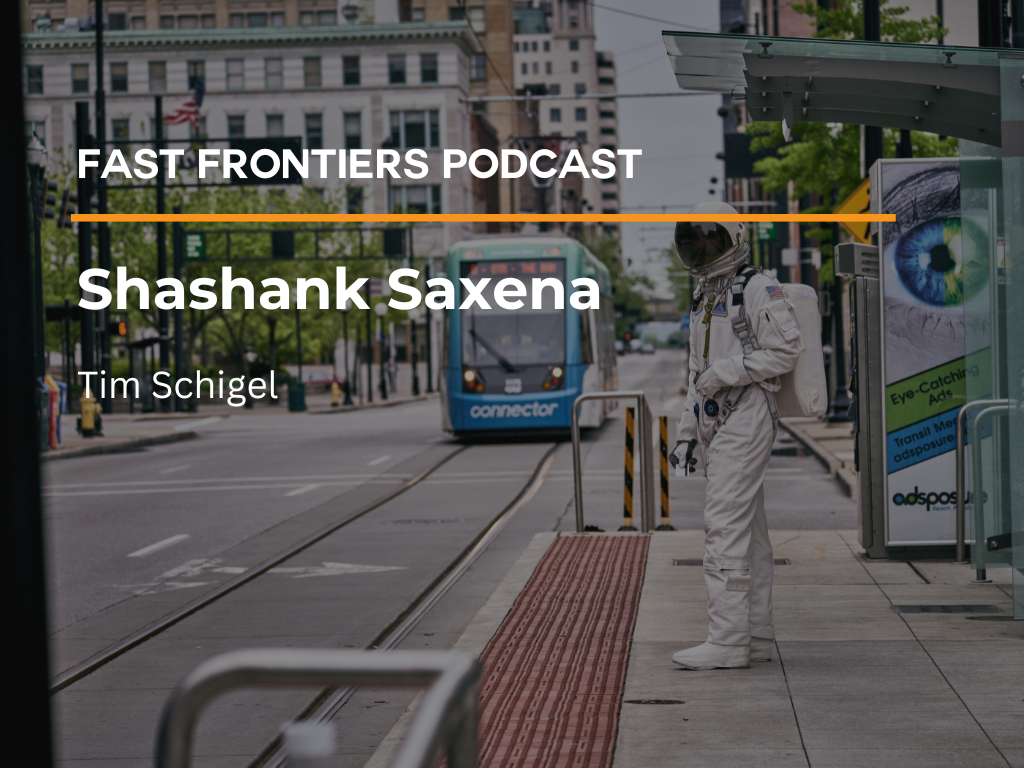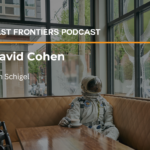I recently had the privilege of sitting down with Shashank Saxena, who has been a good friend of mine for several years. We met when Shashank was working at Kroger as a corporate strategy lead. After starting at Kroger in 2012 as a member of the digital team, Shashank skyrocketed up the corporate ladder of success, soon being promoted to Director of Digital and E-commerce technologies. In this role, Shashank was in charge of ensuring that everything from the web and mobile, tablet, e-commerce, etc. flowed smoothly and without incident—no small feat! After being promoted to Senior Director of Partnerships and New Business Development in 2015, Shashank stepped up to take on his corporate strategy role.
Kroger is the largest traditional supermarket retailer in the nation, and interestingly enough, depending on what region you live in, goes by a different moniker. For instance, if you’re in Los Angeles, your friendly neighborhood Kroger is operating under the name Ralphs (there are 200 plus Ralphs stores there, all owned by Kroger). In Denver, you will most likely be frequenting King Soopers, and Carolinians will be picking up their groceries at Harris Teeter.
Shashank explains that he was very fortunate to be able to come aboard with Kroger as the company was first starting its digital transformation journey. With his epic timing, he was able to have the opportunity to be at the forefront of that technology trek, jumping into the role of building out the whole digital team. From an initial handful of developers, Shashank saw that number reach the hundreds in rapid-fire succession. Shashank also had the exciting job of kicking off Kroger’s e-commerce business, launching the first e-commerce app for the company.
As Shashank points out, even within big companies like Kroger, things are moving quickly and ever-evolving, with innovation being the crux of that catalyst and forward momentum. And possessing a different kind of mindset to build and support this innovativeness within the company is crucial. It isn’t always easy, mainly because there are people who want long, sustainable careers in the company, and don’t want stir the pot and disrupt things. But Shashank points to the positive fact that this is exactly when an open window is unlatched, creating an opportunity for people from the outside with more of a disruptive mindset to come in and shake things up.
Shashank uses the term “intrapreneurs,” which describes those who, rather than being an entrepreneur, are the ones who are constantly innovating and, in a way, leading their own startup within the construct of these big Fortune 500 companies.
Shashank’s initial experience at Kroger proved priceless, providing him with what he describes as a “parachute” of sorts. By trying one’s hand at entrepreneurship in this way—within a big company—it’s like you kind of have the parachute before venturing out (literally) and starting something fresh from scratch.
Shashank lept into the unknown in 2017, founding VNDLY, a vendor management system to help manage the entire non-employee workforce at the Fortune 500 company. It’s like a system of record—the Workday for the non-employee workforce.
Shashank details how it was his co-founder, Narayan, who engaged him to be an angel investor initially. But it wasn’t all smooth sailing from there. Shashank knew that even with a great seed of an idea, to create a thriving business, there has to be an equally massive market opportunity to match.
Knowing this, Shashank and his team sat down and got proactive, penning a list of hypotheses, the first one being to drastically change the Fortune 500 workforce dynamics. Once the list was complete, they reached out to friends, and pitched their hearts out, selling the concept of VNDLY, no holding back. Their initial target was $1.5 million, yet they surpassed this, by doubling it, and raising an impressive $3 million. From that initial seed round, there was no looking back.
Shashank stresses the need to “simplify your story” as a brand and company down to one single sentence. In making the case for VNDLY investors, Shashank presented the company as “the ERP system of record for the other 50% of the workforce.” And the investors bit.
Shashank shares his top three questions that entrepreneurs should focus upon and ask themselves:
1) Am I earning revenue? Or am I buying revenue?
2) If I am buying revenue, what is the cost? Essentially, do I know how to control my levers between growth and profitability?
3) What is my vision for my journey of evolution?
Shashank hammers on this third point especially, understanding where the next wave of growth is heading—and most importantly, its source—where it is going to come from.
Shashank is an invaluable source and deep well of wisdom when it comes to navigating the world of startups and venture capital. As one pioneer to another, it is always a great time of learning and sharing when we get to speak.



